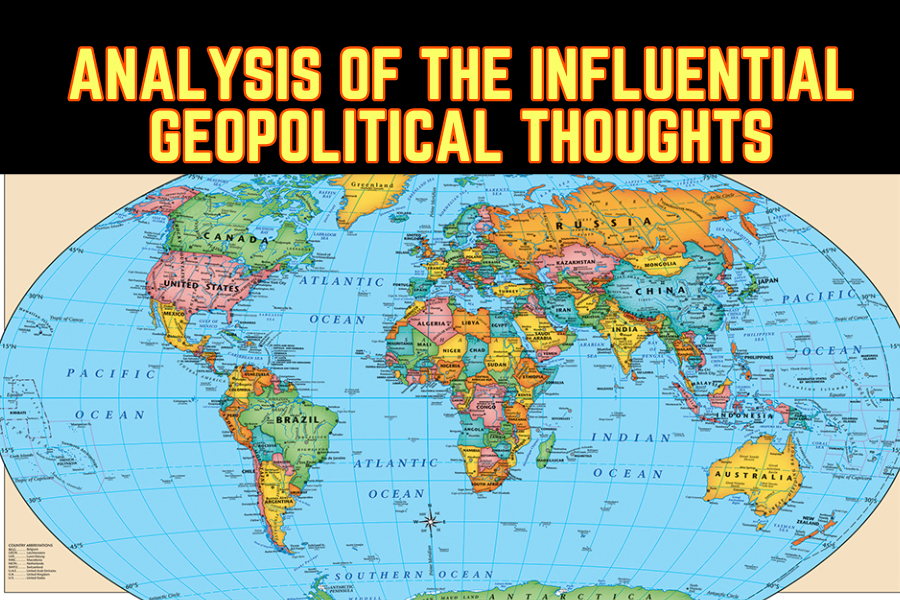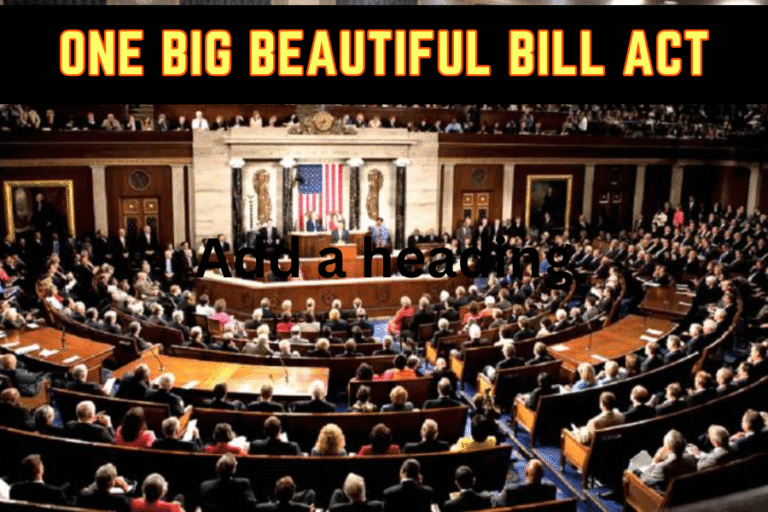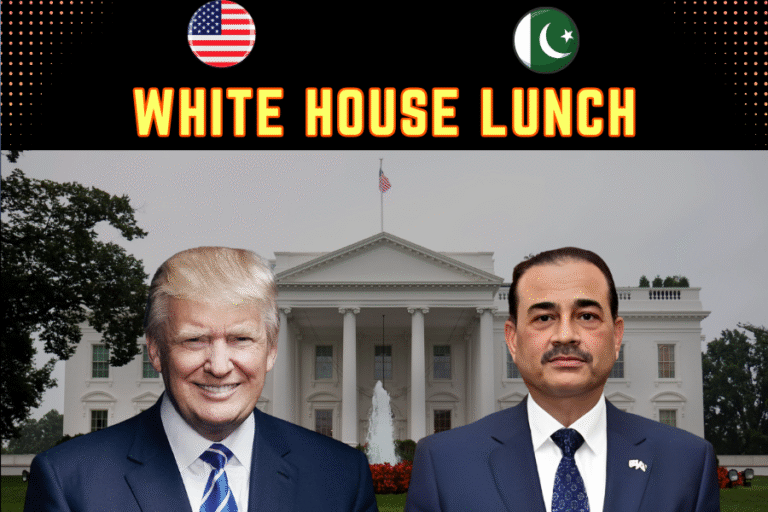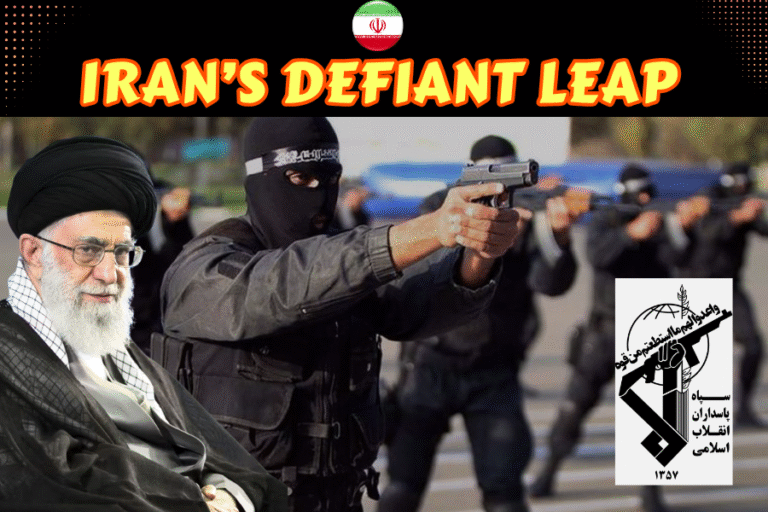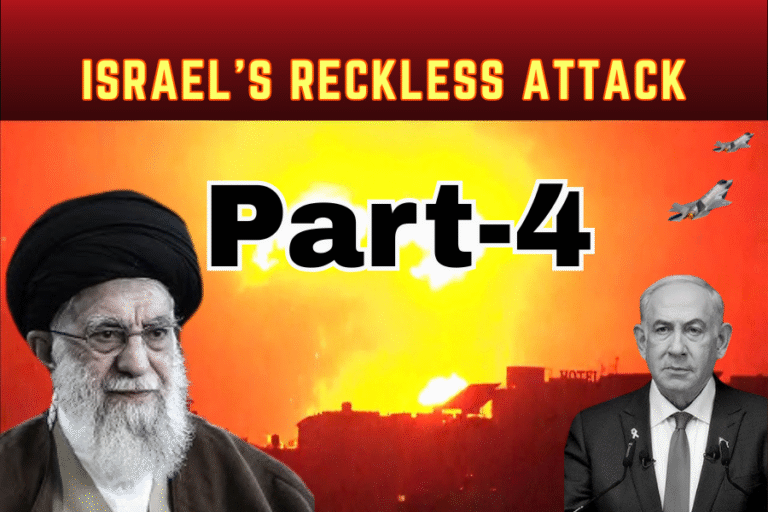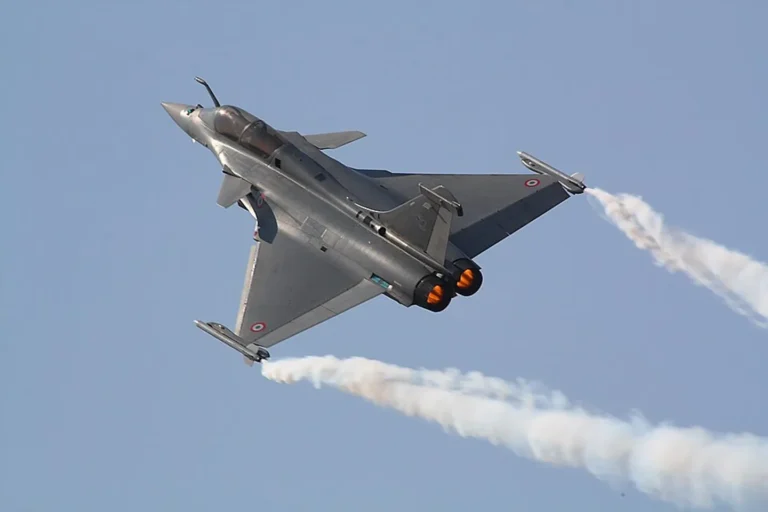(By Dr. Atique Rehaman)
The ascendance of Asia can be attributed to Sir Halford Mackinder’s 1904 essay, which proposed the concept of the world as a “World Island” and identified the “Heartland.” Nonetheless, Mackinder’s viewpoint on geopolitical power has been criticized for its Eurocentric disregard for America. Unlike Halford J. Mackinder’s European concerns about a rising Eurasian power, Mahan’s outlook on maritime power was optimistic for US. He advocated for an expansionist U.S. maritime strategy aimed at securing Cuba, Hawaii, and Jamaica, with the control of the Caribbean “Mediterranean” being a prerequisite for a broader strategy. Alfred T. Mahan’s theories, commonly known as the “evangelist of sea power,” are being examined in the context of China’s 21st-century naval strategy. These theories promote the establishment of a formidable navy motivated by economic interests, including the protection of maritime routes for foreign energy resources and goods. China’s 21st-century naval strategy embodies a shift towards Mahanian principles, seeking to establish dominance over essential maritime regions and guarantee the secure transit of crucial trade routes. The examination of Mahan in China encompasses both theoretical inquiry and practical implementation, as China’s economic expansion and global maritime trade routes have resulted in an augmentation of its naval presence.
The rise of Asia can be elucidated through macro-historical geopolitical analyses, exemplified by Sir Halford Mackinder’s 1904 paper, which posited that the world could be segmented into the “World Island,” encompassing Asia, Europe, and Africa, and the “Heartland,” extending from European Russia to the Pacific and from the Arctic to the Himalayas. Although the heartland has historically been a fragmented region, Mackinder’s hypothesis regarding the potential outcomes of its unification remains unrefuted.
There is a developing Russia/China/Iran/North Korea axis with a contiguous landmass stretching from Japan to Norway to the Gulf to the Mediterranean. Together with China’s expanding hegemony extending in the South China Sea as far as Indonesia and the Philippines, this presents a massive alliance that has not hitherto been faced in American history. Three of these are nuclear powers and may soon become four.
Francis Fukuyama, a Japanese American scholar, wrote an article in 1989 titled “The End of History and the Last Man,” focusing on the victory of Western liberal democracy over other ideas. Fukuyama cites the disintegration of the Soviet Union and the end of the Cold War as significant changes in the international world, with Western liberal democracy proving itself against fascism, Nazism, authoritarianism, and communism. Idea has not been challenged for democracy but nepotism in capitalism and corrupt practices in market economy.
Samuel P. Huntington, a Jewish American scholar and professor at Harvard University, wrote an article in 1996 titled “Clash of Civilization and the Remaking of World Order” to discuss the post-Cold War changes in world politics. He believed that in the new world, conflicts would be primarily based on cultural differences rather than political or ideological differences. The author explains that after the Treaty of Westphalia (1648), the primary actors of conflicts were princes, monarchs, and emperors for the expansion of their power. After the French Revolution, the actors changed, and conflicts began between people or nations.
Civilization is defined as the sum of attitudes, customs, and beliefs that distinguish one group from another. It is an advanced state of human society and the highest cultural grouping of people, including culture, religion, lifestyle, and history. There are seven or eight major civilizations in the contemporary world, including Western, Confucian, Japanese, Islamic, Hindu, Slavic-Orthodox, Latin American, and African.
Huntington identified six reasons for potential clashes among these civilizations: basic, deep-rooted differences; the world becoming a smaller place; economic modernization and social changes weakening nation-state identities; the role of the West facing threats from non-Western states; the rigidity of cultural differences; and economic regionalism based on common culture and religion.
Fault lines between civilizations are beliefs and ideas that can be a reason for future conflict or violence. Two major fault lines between Orthodox and Islamic civilizations are the re-emergence of Orthodox Christianity after the Cold War and the ongoing conflict between the West and Islam. At the time of publishing of this book, the concept of “West versus Rest” had emerged, where the West was at the peak of power and had dominated other states and civilizations through various means. The writer predicted that the world community is one idea that the West often uses to achieve its interests, while other states may be forced to solve problems with the West. Bandwagoning, which involves making alliances with the West, can compromise interests and cause disturbance among states.
As of today, the West has been dominated by the #East. Wealth is shifting fast from west to east. The Pacific has been replaced by the Indian Ocean. The United States confronts an unprecedented scenario in international relations, encompassing Russia, Iran, North Korea, and China. Iran merges imperial ambitions in middle east and beyond. Institution of state is weakened, and the intervention of global players in the state’s affair has increased.
A multi-polar world is in the making amid crisis and fast shifting economic and military power, both in the whole of #Asia but particularly in south Asia.

